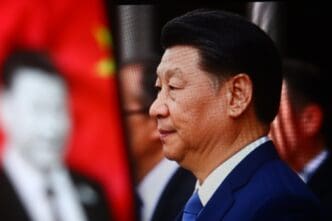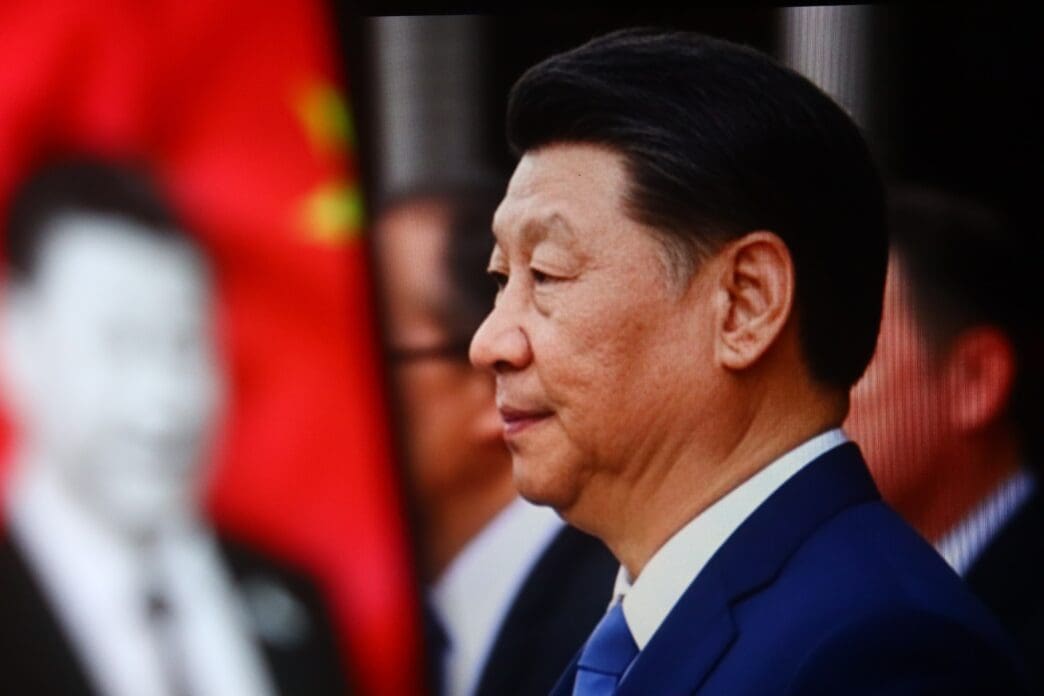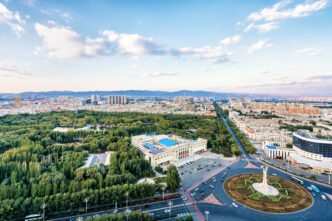Executive Summary
The Story So Far
Why This Matters
Who Thinks What?
In a meeting described as “amazing” by President Donald Trump, the U.S. and China reached a tentative trade truce on October 30 in Busan, South Korea, ahead of the Asia-Pacific Economic Cooperation (APEC) summit. While President Trump hailed the agreement as a significant step, analysts suggest it represents a fragile de-escalation of tensions, leaving core structural issues unresolved.
The Framework of the Truce
The framework includes China resuming soybean purchases, suspending its rare earths export curbs for a year, and the U.S. lowering tariffs on Chinese goods by 10%. This broadly rolls back some of the measures taken during the escalating trade conflict between the two economic powers.
However, the discussions notably omitted major U.S. concerns such as China’s industrial policies, manufacturing over-capacity, and its export-led growth model. Emily Kilcrease, director at the Center for a New American Security, characterized the outcome as primarily a “de-escalation of the measures that both sides have taken since the start of the Trump administration.”
China’s Strategic Approach
Beijing approached the encounter with a realistic set of expectations, not anticipating a fundamental reset of two-way ties, according to an official briefed on the deliberations. China’s new strategy in dealing with the U.S. reportedly relies on a robust toolbox of swift responses, seeing this agreement as a stepping stone towards stabilizing the relationship.
Despite the underlying tensions, the positive tone of the meeting and the agreement for two follow-up visits next year offered a reprieve for multinational corporations. President Xi Jinping opened the talks by stating that “China’s development and rejuvenation are not incompatible with President Trump’s goal of ‘Making America Great Again’,” expressing a willingness to work together for a favorable environment.
Key Commitments and Diplomatic Remarks
President Trump emerged from the meeting appearing cordial, later calling Xi the “great leader of a great country” and emphasizing how global superpowers should interact. He announced that tariffs on Chinese imports would be cut to 47% from approximately 57% by halving the rate of levies related to fentanyl precursor chemicals. Xi committed to working “very hard to stop the flow” of these chemicals, an issue President Trump acknowledged as complex but praised China’s commitment.
China’s Foreign Minister Wang Yi, in a call with U.S. counterpart Marco Rubio, described President Trump and President Xi as “world-class leaders.” He added that their “long-term engagement and mutual respect have become the most valuable strategic asset in U.S.-China relations,” in unusually effusive language for a Chinese diplomat.
An Incomplete Detente
While the deal provides both sides with some immediate breathing room, it remains an incomplete detente. China’s latest rare earths licensing curbs are merely delayed, not dismantled, and earlier restrictions on these critical minerals continue to impact global trade. Joe Mazur, a geopolitics analyst at Trivium China, views rare earths as China’s “primary piece of leverage” over the U.S.
The limited scope of the current agreement also highlights a significant deterioration in the relationship between the two largest economies since President Trump’s first term. Previous negotiations had yielded a comprehensive 96-page document covering intellectual property, banking, and agriculture, contrasting sharply with the brief readouts from these recent talks.
Outlook
The recent U.S.-China trade truce, while providing a temporary respite, underscores the persistent underlying issues and the evolving nature of the bilateral relationship. Experts caution that repeated escalations could eventually exhaust the personal rapport between President Xi and President Trump, potentially leading to a more challenging situation.








